Every craft has its own special tools, and couture sewing is no different. With its emphasis on hand-sewing, many of the tools favored by couture sewists focus on this specialty area. Whether you consider yourself to be a couture sewer or an aspiring couturier, these tools will help make your sewing jobs easier and more enjoyable.
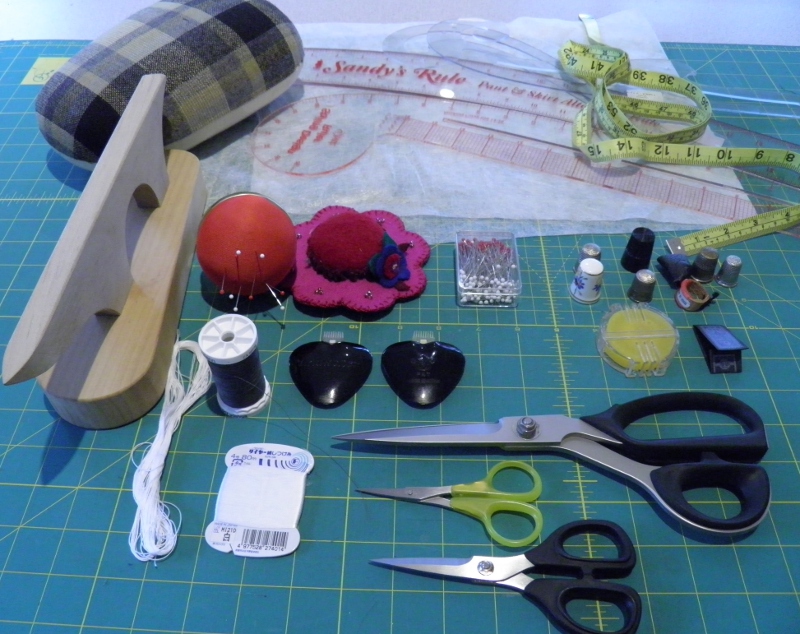
Here are 10 tools often found in couture workrooms
1. Hand-sewing needles
Needles for sewing by hand come in a variety of sizes and shapes, and can have either a sharp or blunt tip depending on the needle purpose. The sizes range from 1-18 for dressmaking or tailoring needles, and the higher the number, the smaller the diameter of the needle. Crewels and sharps are commonly used for general hand-sewing, and cottondarners or milliner’s are often used for long basting stitches.
2. Beeswax
A coating of beeswax helps prevent thread from twisting and snarling during sewing. Be sure to press the coated thread between a layer of paper towels with a warm iron before sewing — otherwise, the wax will slide off the thread and onto your fabric!
3. Thimbles
There are loads of thimble styles, sizes and materials for pick from. Experiment and find the one that works best for you.
4. Basting threads
Couture sewists do plenty of basting on every garment. Silk basting thread is best for fine fabrics because it does not leave an impression after pressing, and cotton thread or embroidery floss is great for general purpose basting.
5. Pins
Sharp pins, often referred to as “silk pins,” do not snag or catch fibers. Another bonus is that they have glass heads that won’t melt under a hot iron.
6. Pincushions
The pretty red wrist pincushion can be found in couture workrooms, and there are plenty of other pincushion styles and shapes to suit a variety of tastes.
7. Pressing tools
Pressing and sewing should be thought of synonymously, so it stands to reason that good pressing tools are a basic necessity. For more information, be sure to read our post “How to Press Fabric: 9 Tools You’ll Need” for more information on the different types of tools you’ll need to press your sewing projects properly.
8. Scissors
A good pair of tailor’s or dressmaker shears will last you a lifetime if you take good care of them, and they are a joy to work with. It is also a good idea to have some shorter blades for trimming, and appliqué scissors and embroidery scissors are also useful for their specific tasks.
9. Chalk markers
Chakoner markers have a tiny wheel at the bottom that dispenses a very fine line of chalk when precision is required. A block of tailor’s chalk or a soap sliver are also used for marking.
10. Measuring tools
Measuring tapes, rulers and curves are needed for measuring bodies, fabrics, fit and patterns!
[box type=”shadow”]
Ready to start sewing couture? Bluprint’s here to help!
Master couture sewing techniques, including how to fit, personalize and sew garments with custom sleeves, skirt treatments and finishing touches, in the popular Bluprint class The Couture Dress, taught by couturier Susan Khalje.[/box]

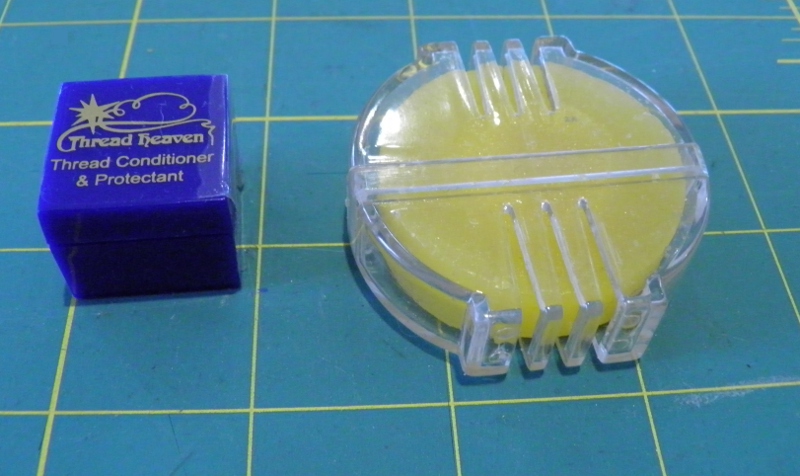

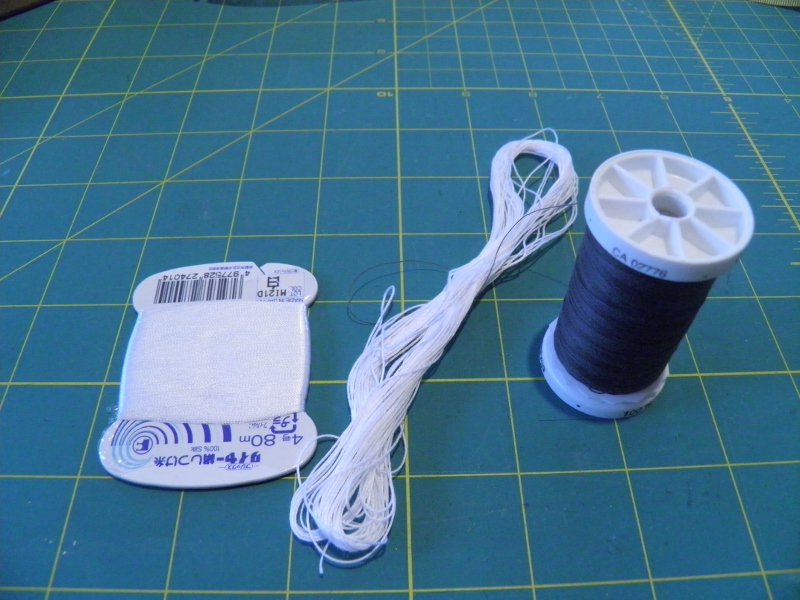
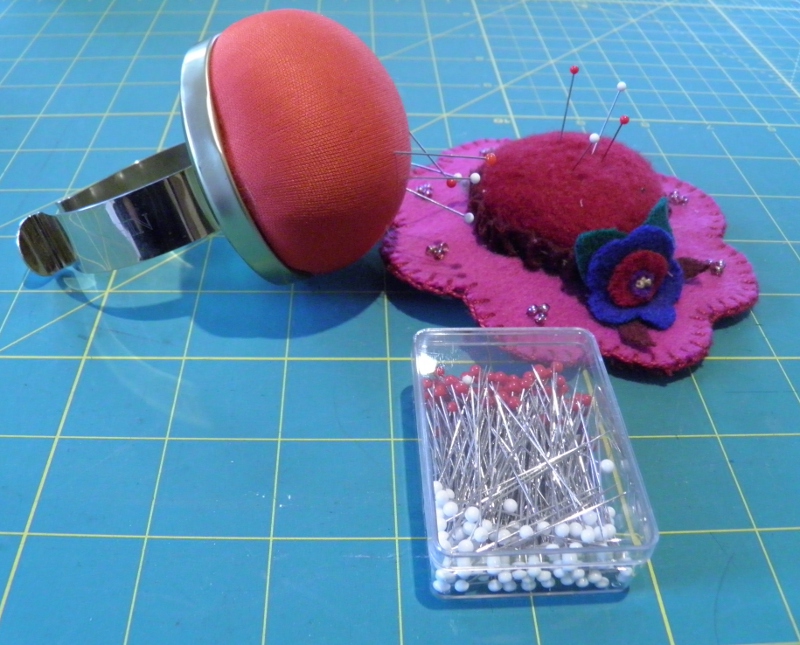
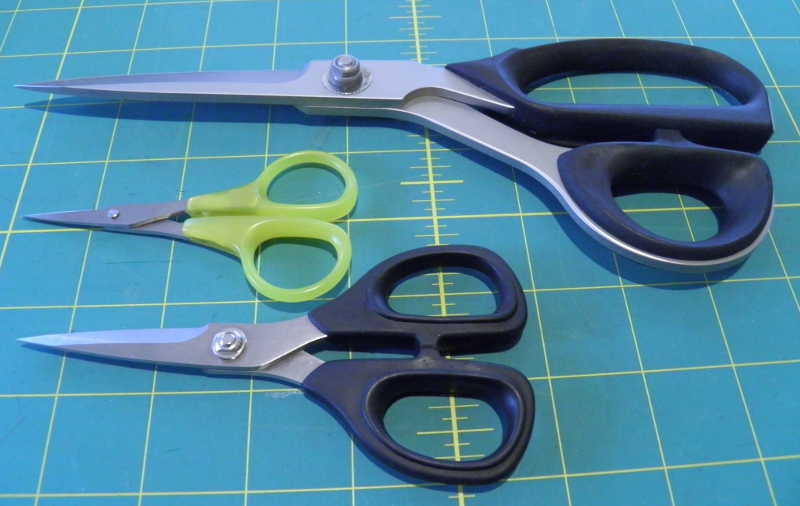


Share tips, start a discussion or ask one of our experts or other students a question.
No Responses to “10 Tools of the Trade for Couturiers”